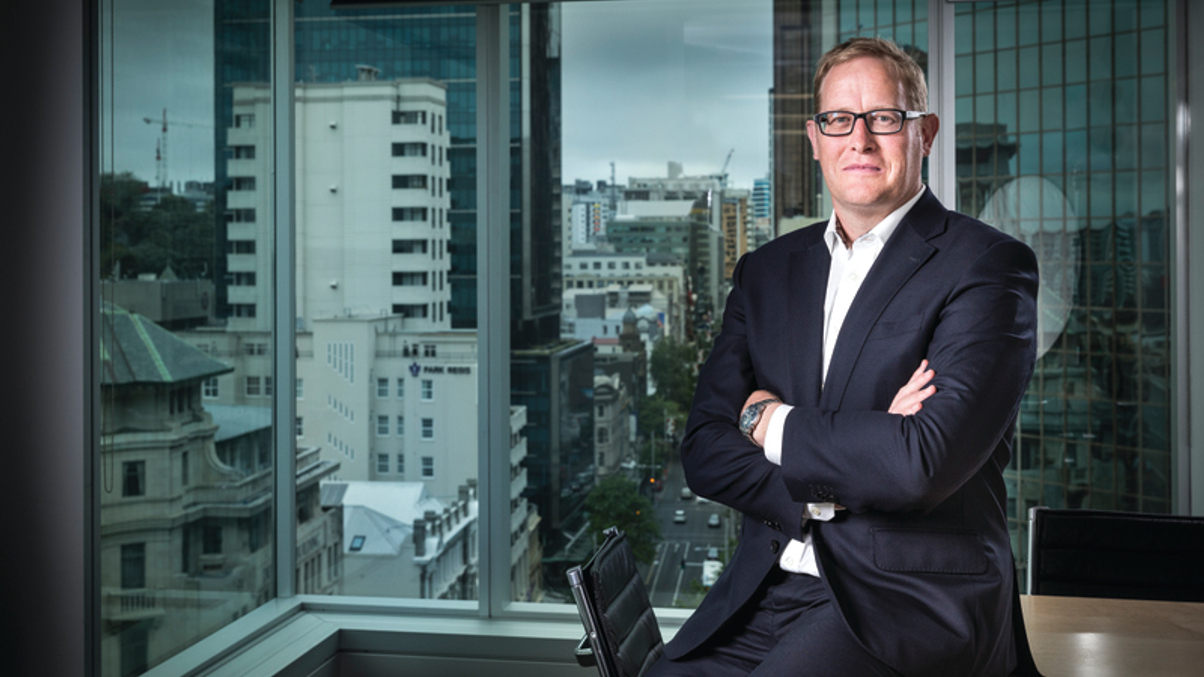Focusing on fair value
Matt Whineray, chief investment officer, New Zealand Superannuation Fund

Matt Whineray was promoted to chief investment officer of New Zealand’s NZ$26.7 billion ($21.3 billion) sovereign wealth fund in June this year.
Sign In to Your Account
Access Exclusive AsianInvestor Content!
Please sign in to your subscription to unlock full access to our premium AI resources.
Free Registration & 7-Day Trial
Register now to enjoy a 7-day free trial—no registration fees required. Click the link to get started.
Note: This free trial is a one-time offer.
¬ Haymarket Media Limited. All rights reserved.


